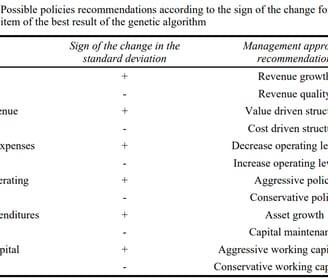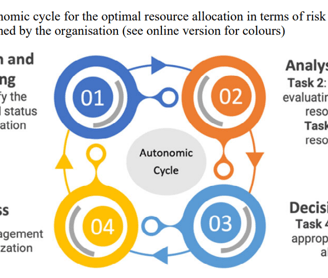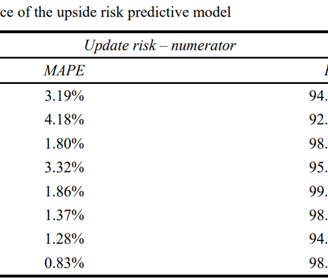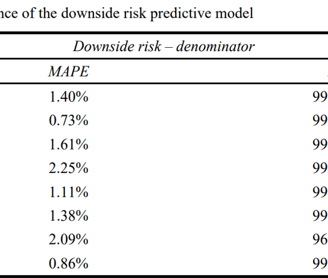An Intelligent Financial Management System for Optimal Resource Allocation in an Organization.
Goal
This project aims to improve financial decision-making within companies by developing an intelligent resource allocation system. By integrating data analytics, machine learning, and financial analysis, the system identifies patterns and trends in financial data, detecting opportunities to optimize free cash flow while minimizing risk. The project focuses on creating a smart system that provides actionable insights and recommendations, empowering management to make informed choices about allocating financial resources for sustainable growth and risk mitigation.
Result
The achieved system accurately predicts a company's financial health and augments these predictions with intelligent recommendations for management approaches. By providing a comprehensive and dynamic assessment of the company's financial performance, decision-makers can make informed choices, optimize resource allocation, and proactively drive financial growth.
Journal
Int. J. Applied Decision Sciences, Vol. 16, No. 5, 2023, Pages 565-586.


Case
The current financial decision-making process is slow and prone to errors due to different estimates leading to contrasting outcomes. Additionally, inexperienced decision-makers face challenges in overcoming the learning curve. To address these issues, an autonomous cycle of data analysis tasks using the MIDANO methodology is proposed. The cycle includes monitoring tasks to gather financial information, analysis tasks to inspect free cash flow, and a final task to determine optimal resource allocation for maximizing company performance.
Which Types of Tasks Does the System Carry?
There are three types of tasks:
The monitoring tasks extract automatically all the information from the current financial status of each enterprise.
The analysis tasks include the inspection of every line item related to the free cash flow.
Finally, the decision-making task defines the optimal changes in the resources allocation to achieve a greater risk-reward ratio.


How is the Quality of the Resource Allocation Determined?
According to a holistic approach that is used to consider the positive and negative semi-deviations of future cash flow, thus building a financial risk/reward ratio, ideal for internal financial management.
How are Predictions Made?
Based on the company's financial data, this phase involves identifying the metrics necessary to gauge the risk/reward ratio in the free cash flow. These metrics are subsequently employed to construct a predictive model using neural network techniques. In this study, a backpropagation neural network (BNN) is utilized to forecast and evaluate the different combinations of line items related to the risk/reward metric.




What Methods are Used to Achieve Optimizations in Resource Allocation?
Optimizations are made by analyzing various resource allocation options and selecting the optimal one based on risk/reward ratio. Metaheuristics, like genetic algorithms, are utilized to achieve efficient decision-making in relatively short timeframes.
How Optimizations Can be Translated into Policies?
From the previous set of allocation alternatives, the best is selected and according to the changes achieved in semi-deviations of line items, recommendations can be suggested to guide policies in areas such:
Revenue Generation
Cost of Revenue
Operating Expenses (OPEX)
Non-Operating Income
Capital Expenditures (CapEx)
Working Capital
What is the Main Contribution of this Project?
Provide a more standardized approach to the financial decision-making process, thus helping managers impact more effectively the financial health of their organizations.
